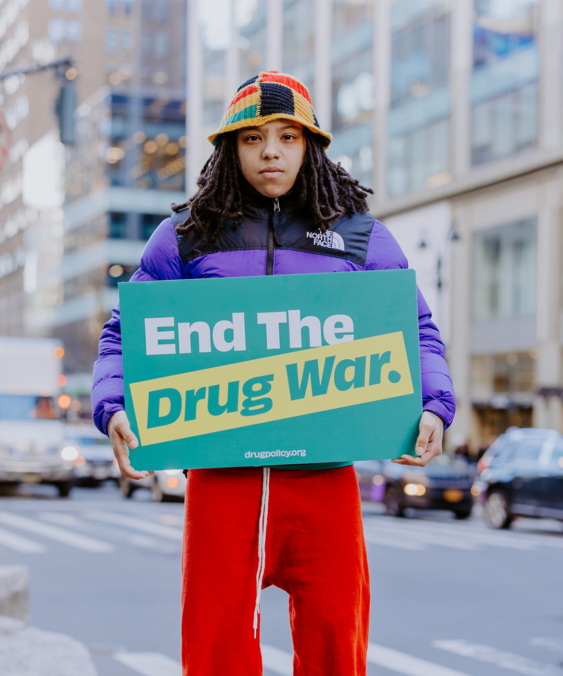
Tony Newman at (510) 812-3126 or Dave Fratello at (310) 394-2952
According to UCLA’s first annual study on Proposition 36, embargoed for release on Thursday, July 17, 2003, Proposition 36 is affecting more people than projected, and saving more money that was predicted. Experts from the Drug Policy Alliance and the Campaign for New Drug Policies estimate that, because of the high cost of incarceration in comparison to the low cost of treatment, California saved at least $275 million in taxpayer money during the first year of Prop 36 enforcement.
Daniel Abrahamson, a co-author of Prop. 36 and director of the Drug Policy Alliance’s Office of Legal Affairs, said, “The State Office of the Legislative Analyst originally predicted that savings of $250 million would not be reached until the third or fourth year. We’ve exceeded those predictions in the first year.”
Bill Zimmerman, who managed the campaign for Prop. 36 and is executive director of the Campaign for New Drug Policies, said, “At a difficult time for our state, this report is an occasion for Californians to celebrate. Voters created a program that is working right, and saving money. Proposition 36 will continue to save money and save lives as long as state government continues to faithfully implement and fund this successful program.”
Prop 36 supporters noted that the pre-election report by the Legislative Analyst’s Office estimated that 36,000 people per year would eventually avoid incarceration because of Prop 36, with savings approaching $250 million annually. But the LAO said these effects could take “several years” to be realized.
The estimate of $275 million in savings was calculated by Prop 36 supporters today based on data from the UCLA report. They used the reported figure of 37,495 people having opted for treatment and having been assessed for placement, assuming that these individuals would otherwise have been sentenced to jail or prison for drug possession. One-quarter were assumed to have avoided prison, with an average sentence of 16 months, while three-quarters were assumed to have avoided a jail sentence, conservatively estimated at an average of 23 days (based on the reported “average length of stay” in county jails across California). With a $28,000 annual incarceration cost, the costs avoided for all the persons in Prop 36 averaged $10,640 per offender. Treatment costs of $120 million were deducted from the resulting total costs-avoided figure of $398 million, providing net savings of more than $275 million.
Zimmerman said, “This is our first estimate based on the data that are available. Over the weeks and months to come, state officials and researchers will be in a better position to compile more complete figures. What is important now is that California voters know that Prop 36 is working. Keeping it working will mean saving more money.”
“The UCLA study proves that Prop 36 works,” says Abrahamson, “Tens of thousands of people who were previously denied treatment are getting it; hundreds of millions of dollars are being saved. And as a result, individuals, their families and their communities continue to get healthier.”
Longshore, D. et al. Evaluation of the Substance Abuse and Crime Prevention Act 2002 Report. July 7, 2003. UCLA.

Notifications